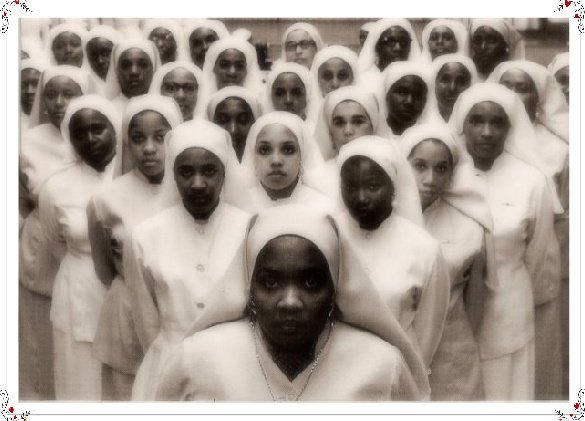
Shem Hotep ("I go in peace").

I pledge.
I pledge disobedience to the flag to the tarnished name of America.
For the false image it portrays- A nation undivided with liberty and justice for all... I pledge disobedience cause that’s a lie- Never can a man or woman say he or she is truly free if he or she being misrepresented by a government accusing to be democratized saying "cast your vote it counts"... Please- Instill this in your minds I’m only going to say this once, whatever votes you cast means nothing. He who counts the votes, decides everything... Be not fooled by their rhetoric, it’s just a tactic they use to deceive you... Propaganda is the name of their game Jump not on that bandwagon- Once you’re on it’s over, you’re gone- and there will be none that can save you...
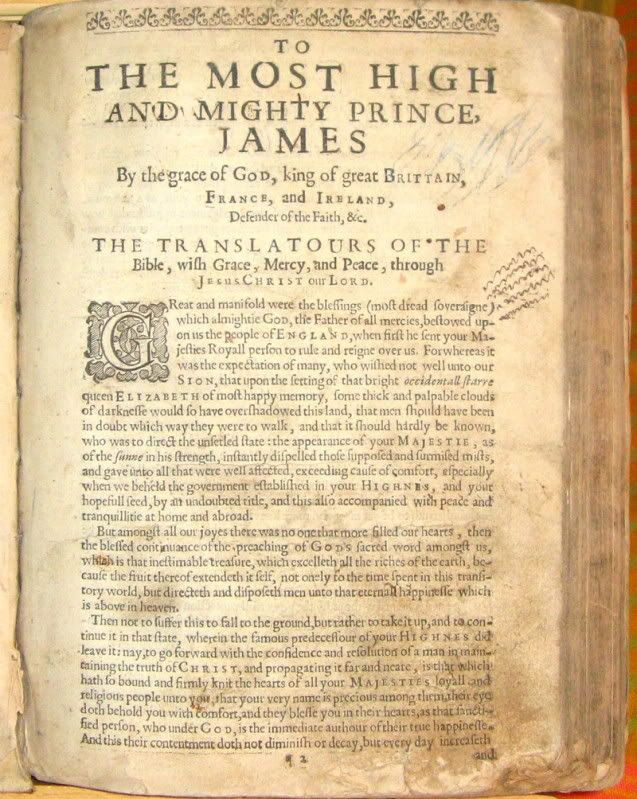
I have always wanted to know who was King James? I know that the Bible with his namesake is perhaps the biggest selling book in history, but who was he? He was a homosexual who had incest with his mother and he commissioned William Shakespeare and other writers to translate the Bible.
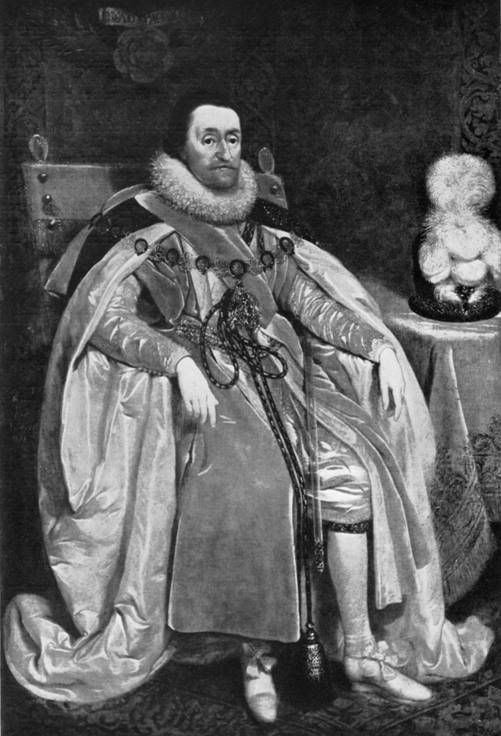
King James 1566-1625

How Does the Bible Explain Fossil Ages Over 6,000 Years (Genesis 1:2)?
Scientists often date fossils such as dinosaur bones and those termed
"Human" or "early man" thousands, tens of thousands, or even millions
of years before the creation of Adam. These Fossils discovered by science Contradict the Bible. I told by a preacher that God`s church has been commissioned primarily to announce the good news of the soon-coming Kingdom of God to humanity now on Earth—those descended from Adam, who the Bible shows was created nearly 6,000 years ago. From the Bible we know that Adam and Eve were the first humans made in the image of God and given a human spirit to make possible the wondrous functioning of the human mind. They were created for the purpose of enlarging the Family of God. This is the important knowledge about human life—the incredible human potential—which can be learned only from God`s revelation, not from the fossil record. (Well)
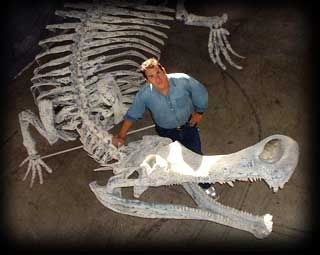
From the middle of the Sahara desert, 21-year-old Shureice Kornegay reflected on helping excavate one of the richest archeological sites ever found in the area."Your dreams, when they come true, are so much better than you can imagine,` she said Wednesday in an interview over a satellite phone. "I`m just amazed.`Kornegay, who lived the first eight years of her life in Cabrini-Green a project in Chicago, indeed in the middle of a dream: on an expedition with fossil hunter extraordinaire Paul Sereno. Only on this trip, Sereno and Kornegay, an anthropology major at Northern Illinois University, are unearthing something new for the World-renowned Paleontologist: human remains.
So far, the team at the site in northern Niger has identified more than 100 skeletons as old as 9,000 years. The site is so rich that some of the skeletons still have jewelry on them. There are also bones of many animals, evidence of early animal husbandry efforts and sophisticated tools. For Kornegay -- who hopes to become one of the few African-American female Paleoanthropologists -- the trip is also her first out of the United States. Now, she is the first junior paleontologist from the program to join Sereno on a research trip abroad. "She is a kid that could handle it,` said Sereno. "She is seeing real science in the making,`
For Sereno, the trip is also a learning experience. He happened upon the site during a 2000 trip to the region in which his team dug up Super Croc, a 110 million-year-old crocodile that was 40 feet long and weighed 10 tons. And uncovered catfish bones (found near a ceramic bowl) and the remains of other fish more than 6 feet long. Along with different types of artifacts and pottery, evidence of successive civilizations that occupied the area between 5,000 and 9,000 years ago.
“There were two kinds of slaves, the house Negro and the field Negro. The house Negroes - they lived in the house with master, they dressed pretty good, they ate good because they ate his food - what he left. They lived in the attic or the basement, but still they lived near the master; and they loved the master more than the master loved himself. They would give their life to save the master`s house - quicker than the master would. If the master said, `We got a good house here,` the house Negro would say, ‘yeah; we got a good house here.` Whenever the master said `we,` he said `we.` That`s how you can tell a house Negro." Malcolm X, 1963
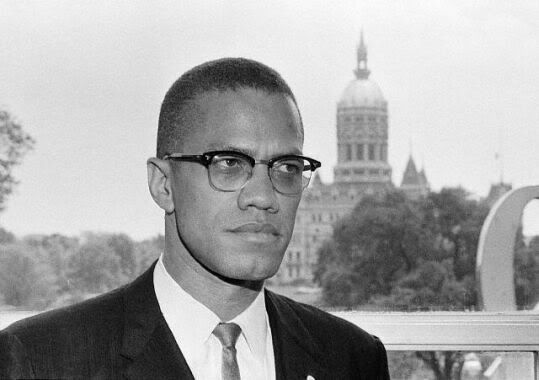
The House Negro, that would die for President Bush.

Secretary of State Condoleezza Rice defended President Bush on Sunday against charges that the government`s sluggish response to Hurricane Katrina showed racial insensitivity. `Nobody, especially the president, would have left people unattended on the basis of race,` the administration`s highest-ranking black said as she toured damaged parts of her native Alabama. `I don`t believe for one minute that anybody allowed people to suffer because they were African-Americans. I just don`t believe it,` Rice said during a visit to her native Alabama to survey the damage.`I am an African American. I am from Alabama. I can tell you that this response is not a response about color. This is a response about Americans helping Americans,` she said."
"If the master`s house caught on fire, the house Negro would fight harder to put the blaze out than the master would. If the master got sick, the house Negro would say, `What`s the matter, boss, we sick?` We sick! He identified himself with his master, more than his master identified with himself. And if you came to the house Negro and said, `Let`s run away, let`s escape, let`s separate,` the house Negro would look at you and say, `Man, you crazy. What you mean, separate? Where is there a better house than this? Where can I wear better clothes than this? Where can I eat better food than this?` That was that house Negro. In those days he was called a `house ni@@er.` And that`s what we call them today, because we`ve still got some house ni@@ers running around here."
On that same plantation, there was the field Negro. ...The field Negro was beaten from morning to night; he lived in a shack, in a hut; he wore old, castoff clothes. He hated his master. I say he hated his master. When the master got sick, the field Negro prayed that he`d die. If someone came to the field Negro and said, `let’s separate, let`s run,` he didn`t say, `Where we going?` He`d say, `Any place is better than here.`" Malcolm X, 1963

When Mr. Lynch walked the banks of the James River in 1712 and said he would make you a slavefor 300 years, little did we realize the truth in his prediction? Just 13 more years and his promise will come to fruition. But with two generations of your children gone through our education systems, we can look forward to at least another 50 years of prosperity.
Wow! Things could not be better and it’s all because of you. For all you have done, we thank you from the bottom of our hearts, Black Americans. You’re the best friends any group of people could ever have!
Sincerely, All other Americans.

Black Seminole Wars and Fort Negro.
Did you know that African Americans fought the U.S. Army to a standstill in a 7-year war from 1835-1842? Upuntil when the British (and then the U.S.) acquired Florida from Spain, Florida was a unique safe haven for fugitive Africans to escape and find refuge from terrorist American slave owners. Blacks were in Florida before the Seminoles. In the late 1600s, African slaves who escaped Carolina plantations and dodged slave hunters through dangerous Indian country gained freedom by crossing the St. Mary’s River, an international border that divided Spanish and British colonial territory. This was the first Underground Railroad.
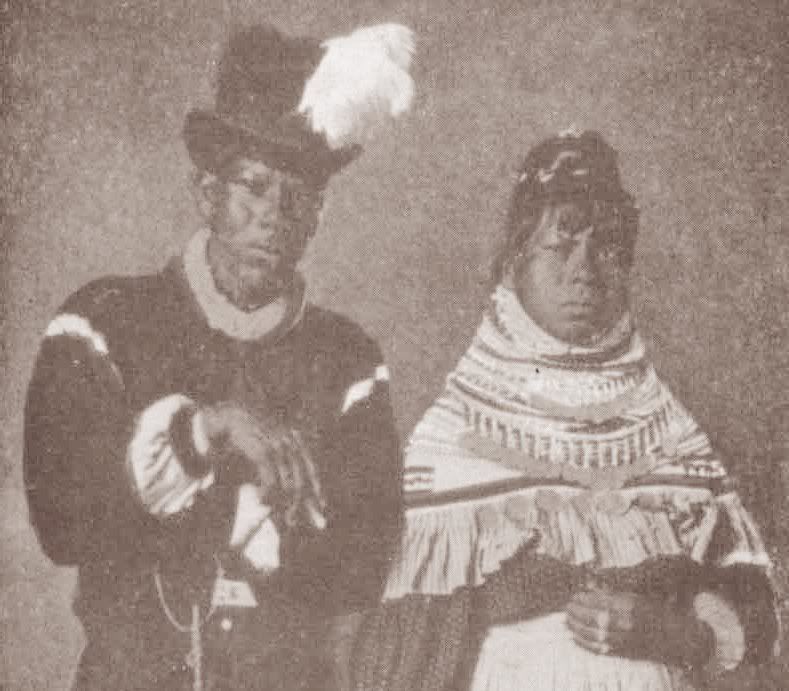
Black Seminoles.
Puerto Ricans are: Taíno Indians mixed with Africans and Spaniards.
Taíno Indians, a subgroup of the Arawakan Indians (a group of American Indians in northeastern South America), inhabited the Greater Antilles (comprising Cuba, Jamaica, Hispaniola [Haiti and the Dominican Republic], and Puerto Rico) in the Caribbean Sea at the time when Christopher Columbus` arrived to the New World.

